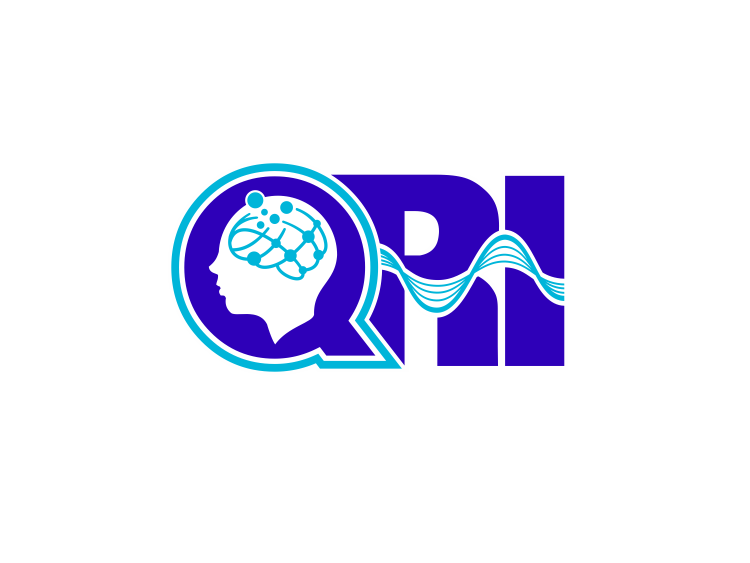Last updated 07-Sep-2024 04:31 PM
Quantum Reflex Integration (QRI)

Introduction
Quantum Reflex Integration (QRI) is a therapeutic approach that uses cold laser therapy combined with reflex integration techniques to help improve brain function, body coordination, and overall neurological development. It is designed to stimulate the central nervous system by addressing primitive reflexes that may not have been fully integrated during early development. The method is commonly used with children and adults who have developmental delays, autism, ADHD, and other neurological disorders.Scheduling: How much time do you need?
A typical QRI session lasts about 30-60 minutes, depending on the individual's needs. It's usually recommended to have 2-3 sessions per week, though this can vary based on the client's condition and progress. Some individuals might benefit from longer-term interventions, while others see improvements in a shorter period. It’s essential to establish a consistent schedule for best results.Pros & Cons
**Pros:** - Non-invasive and painless, making it suitable for individuals of all ages. - Can lead to improvements in motor skills, sensory processing, emotional regulation, and learning abilities. - Often used in combination with other therapies for enhanced results. **Cons:** - Results may vary depending on the individual, and some may not respond as quickly as others. - Requires a commitment to regular sessions, which can be time-consuming. - The cost of sessions can add up over time, particularly if long-term therapy is required.Target Audience: Who can benefit?
QRI is especially beneficial for individuals who have not fully integrated their primitive reflexes, which can lead to developmental delays and issues in neurological function. The method is commonly used for: - Children with autism spectrum disorder (ASD) - Individuals with ADHD or learning disabilities - Those recovering from traumatic brain injuries - Adults or children with sensory processing disorders - People with developmental delays or coordination difficultiesExercises: What to do?
In a QRI session, practitioners may use a combination of cold laser therapy and reflex integration exercises. These exercises might include specific movements that stimulate reflexes such as: - The Moro Reflex, often related to startle responses - The Rooting Reflex, which is important for feeding and sensory input - The Spinal Galant Reflex, which helps with coordination and posture Each session is tailored to the individual’s needs, targeting the reflexes that need integration based on assessment results.References: Who talks about it?
Many occupational therapists, chiropractors, and developmental specialists advocate for the use of QRI, particularly for children with developmental challenges. Some leading proponents of this method include: - Bonnie Brandes, the creator of Quantum Reflex Integration - Occupational therapy blogs and forums often discuss the benefits of QRI for children with sensory and neurological difficulties. - Testimonials from parents and caregivers who have used QRI report positive changes in behavior, sensory processing, and motor skills.Cost: How much do you need to spend?
The cost of QRI sessions can vary depending on the provider and the location. On average, each session can range from $75 to $150. If multiple sessions are needed over several months, the total cost can become substantial. Some practitioners may offer package deals or sliding scales to make the therapy more accessible, and it's worth exploring insurance coverage to see if any portion of the treatment is reimbursable.. . .
Comments (1)
Amel Hamzeh
03-Feb-2025 09:28 PMKindly can you send me the name for centers in UAE that treat patient using QRI laser machine.
Thank you
Your email address will not be published. Required fields are marked *
